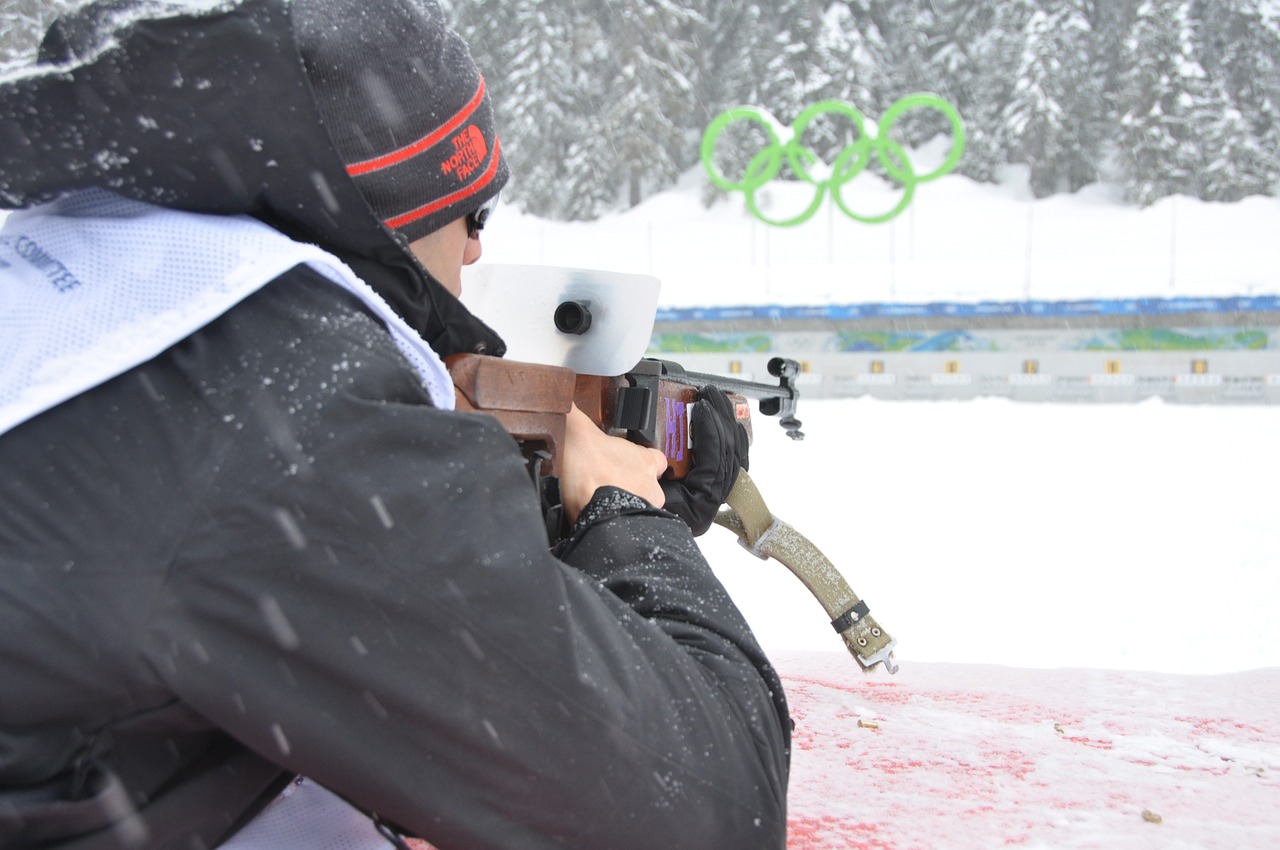Unveiling the Intricacies of Biathlon: An Exceptional Blend of Skiing and Shooting
The origins of biathlon, a sport that marries cross-country skiing and rifle shooting, can be traced back to the survival skills practiced in the snow-covered landscapes of Scandinavia. The sport was initially a means of hunting and later transformed into a military training technique. The first known biathlon competition took place in 1767 amongst border patrol forces in Norway. The sport made its Olympic debut in 1924 and has evolved significantly, incorporating technological advancements and refining its rules to reach its current form.

The Fascinating World of Biathlon: An Overview
Biathlon is a sport that demands a unique blend of physical endurance and mental focus. The athletes race across a snowy course with a .22 caliber rifle strapped to their backs. At designated intervals, they stop at a shooting range to shoot a series of targets. The penalty for each missed target varies depending on the format of the race. This sport demands not just skiing prowess but also shooting accuracy, strategic thinking, and the ability to maintain composure under pressure.
The Art of Biathlon: Balancing Speed and Precision
In biathlon, the challenge lies in the juxtaposition of the intense cardiovascular demand of cross-country skiing and the need for calm, steady precision in shooting. While skiing pushes the heart rate up, shooting requires athletes to slow their breathing and steady their hearts. This dichotomy creates one of the most physically and mentally demanding sports. It’s a balancing act that requires years of training to master.
Analyzing the Training Techniques: Building Stamina and Focus
Training for biathlon involves a unique blend of endurance, strength, shooting drills, and mental conditioning. Athletes spend countless hours building their cardiovascular endurance through cross-country skiing and running. They also focus on strength training to ensure they can handle the physical rigors of the sport. Shooting drills are an essential part of the training, where athletes practice their accuracy and speed. Mental conditioning, including techniques to handle stress and maintain focus, is equally crucial in molding a successful biathlete.
Biathlon in the Contemporary World: Trends and Developments
Over the years, biathlon has garnered a significant fan base, especially in Europe. The sport has made strides in areas like gender equality with events for both men and women. There’s a push towards making the sport more spectator-friendly with alterations in race formats. The use of modern technology for precise timing, instant replays, and bullet trajectory tracking has also enhanced the viewer experience. The future of biathlon seems promising with the sport continuously evolving and adapting to the changing sports landscape.
Biathlon is more than just a sport - it’s a testament to human endurance, precision, and the extraordinary ability to manage stress. It encapsulates the thrill, mental fortitude, and rigorous physical demands that make sports such a captivating spectacle. As we delve deeper into the intricacies of biathlon, we realize that it’s not just about skiing fast and shooting straight, but about mastering the art of balance - both physically and mentally.




